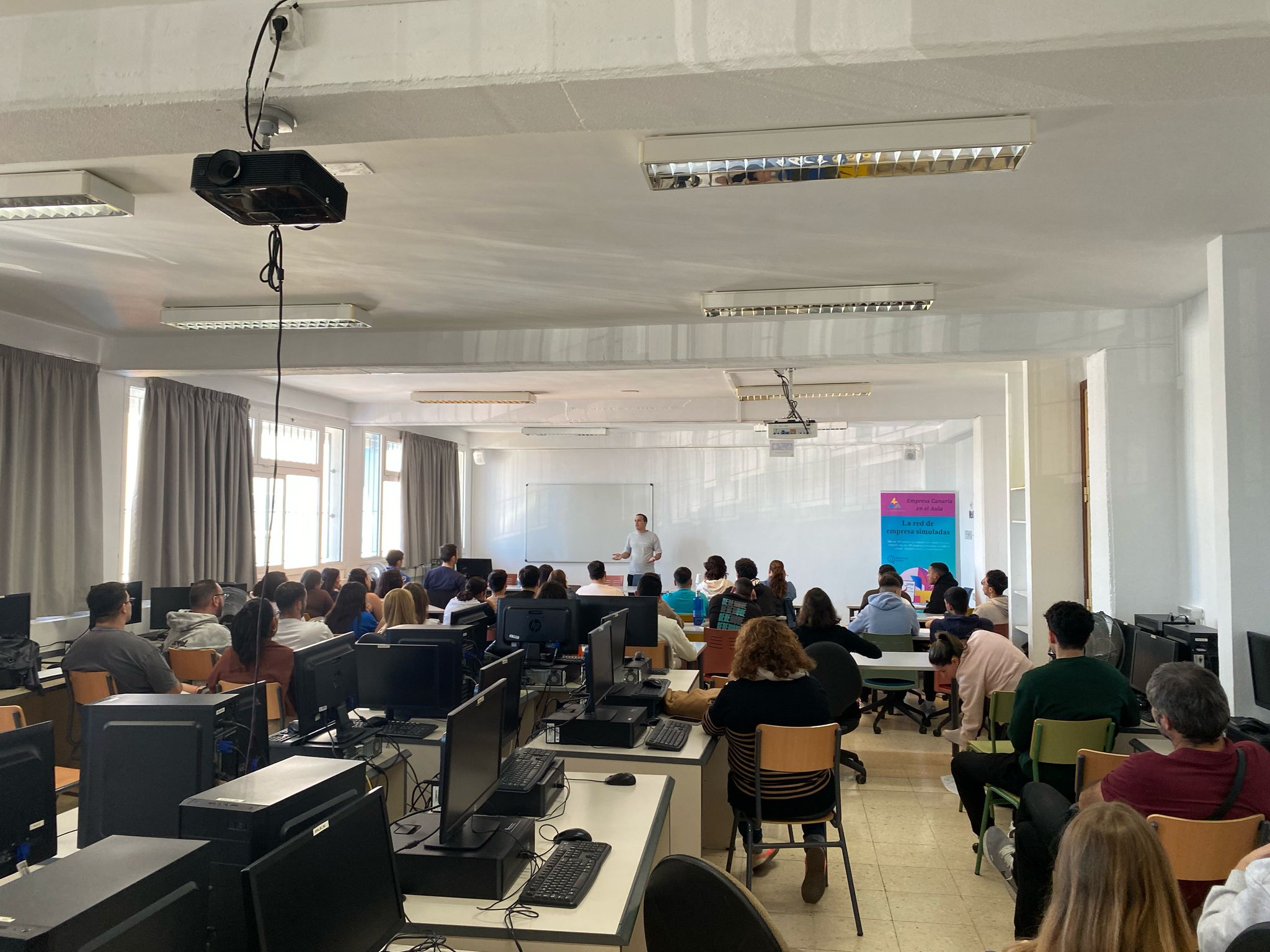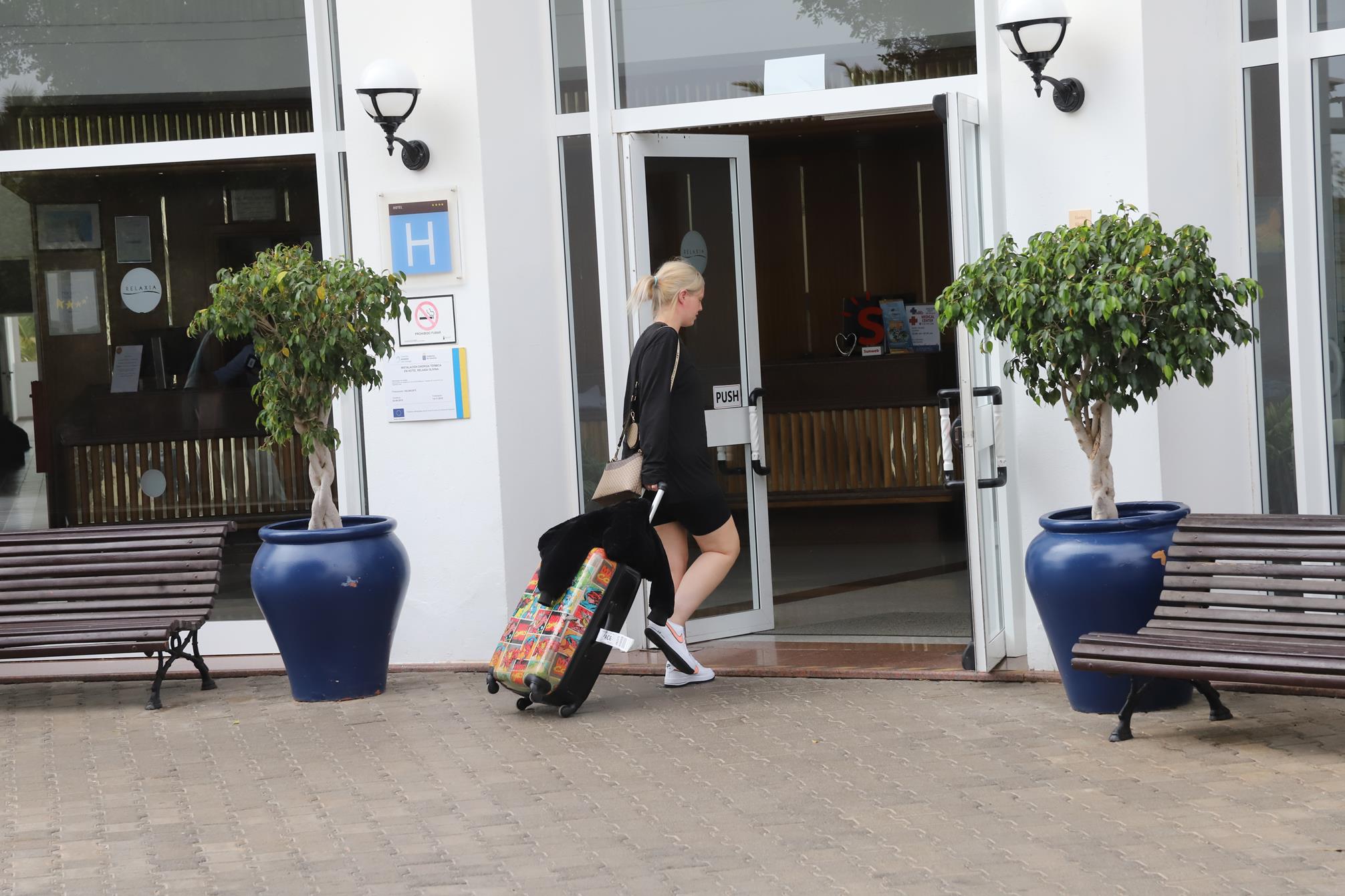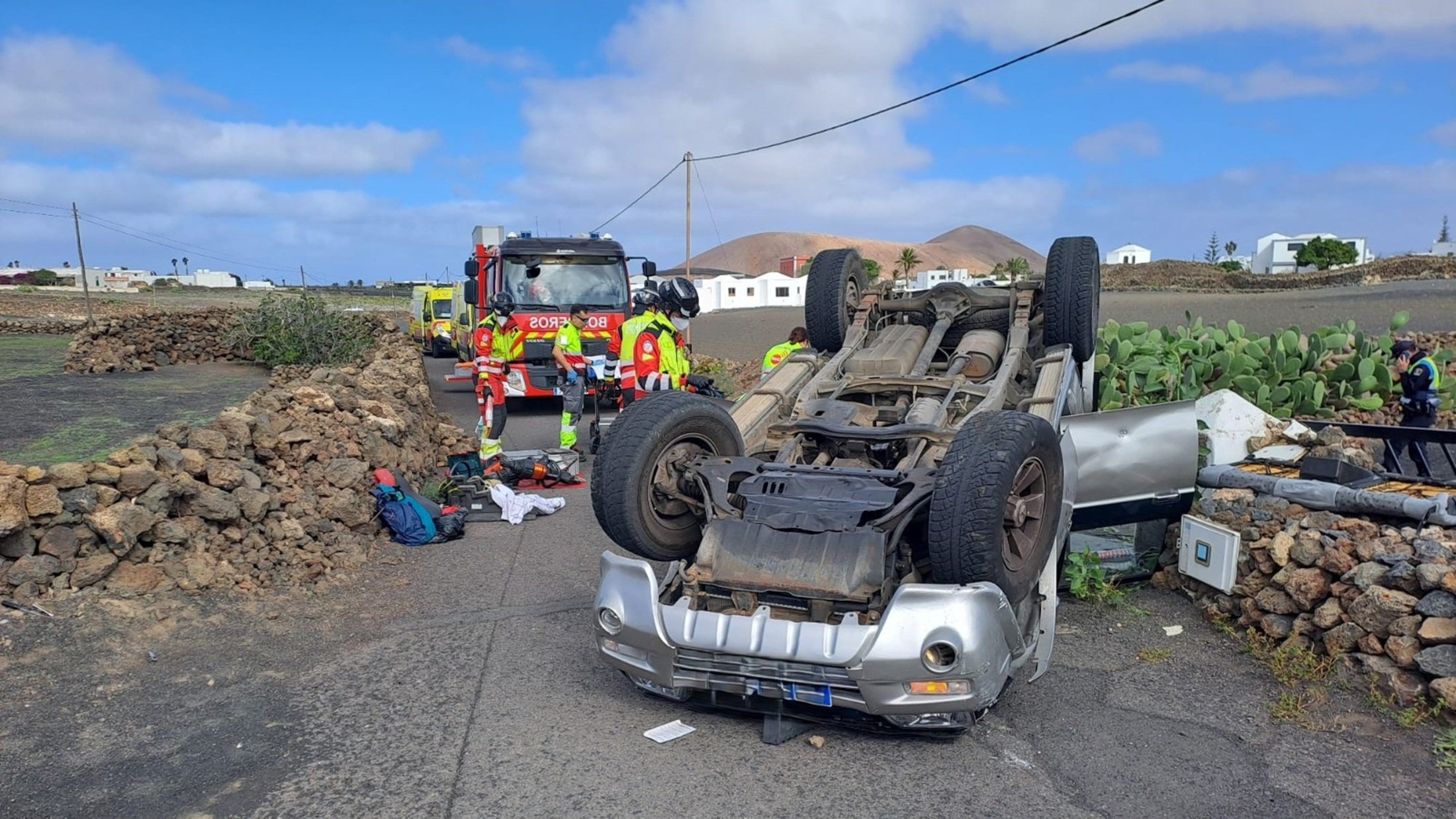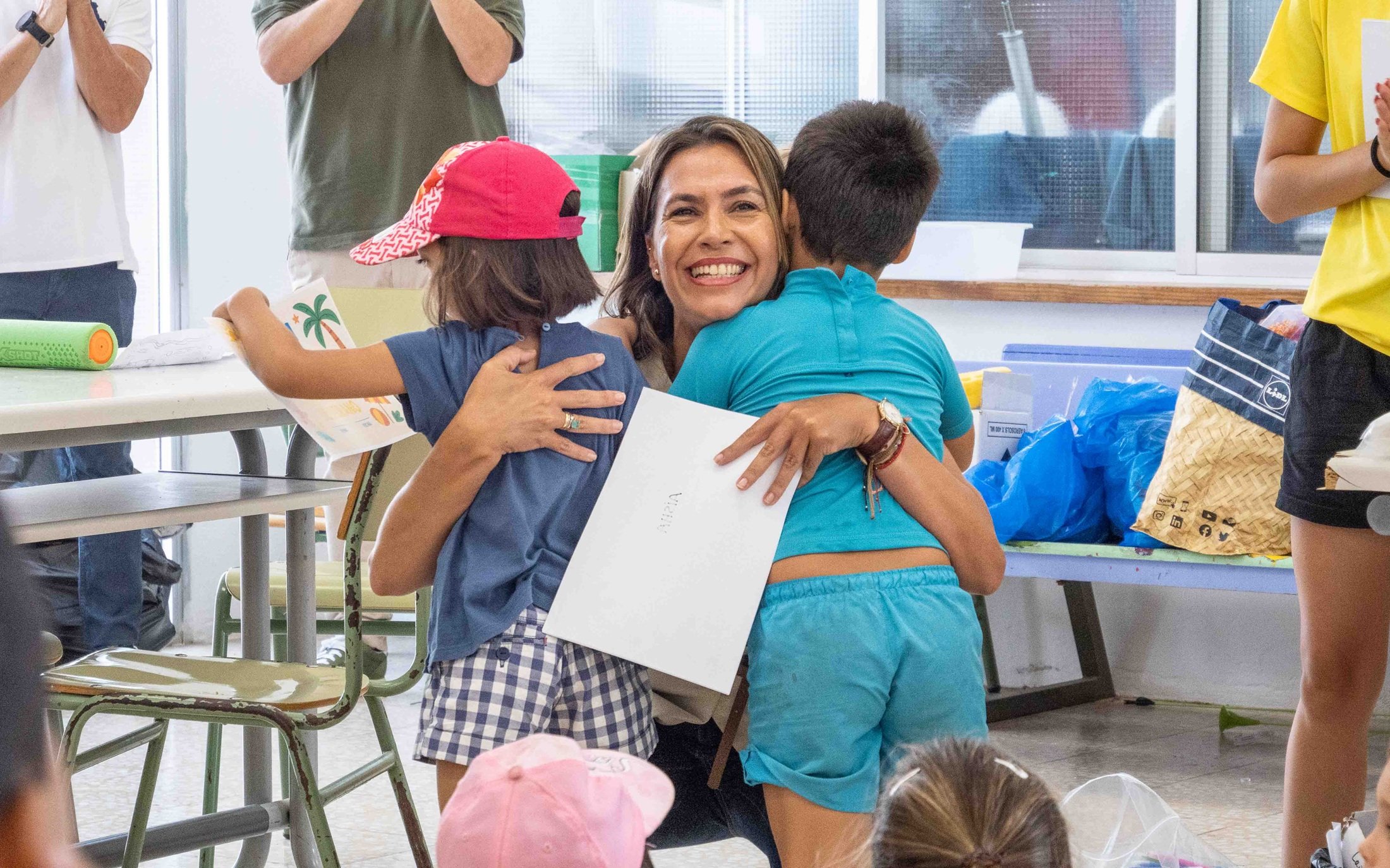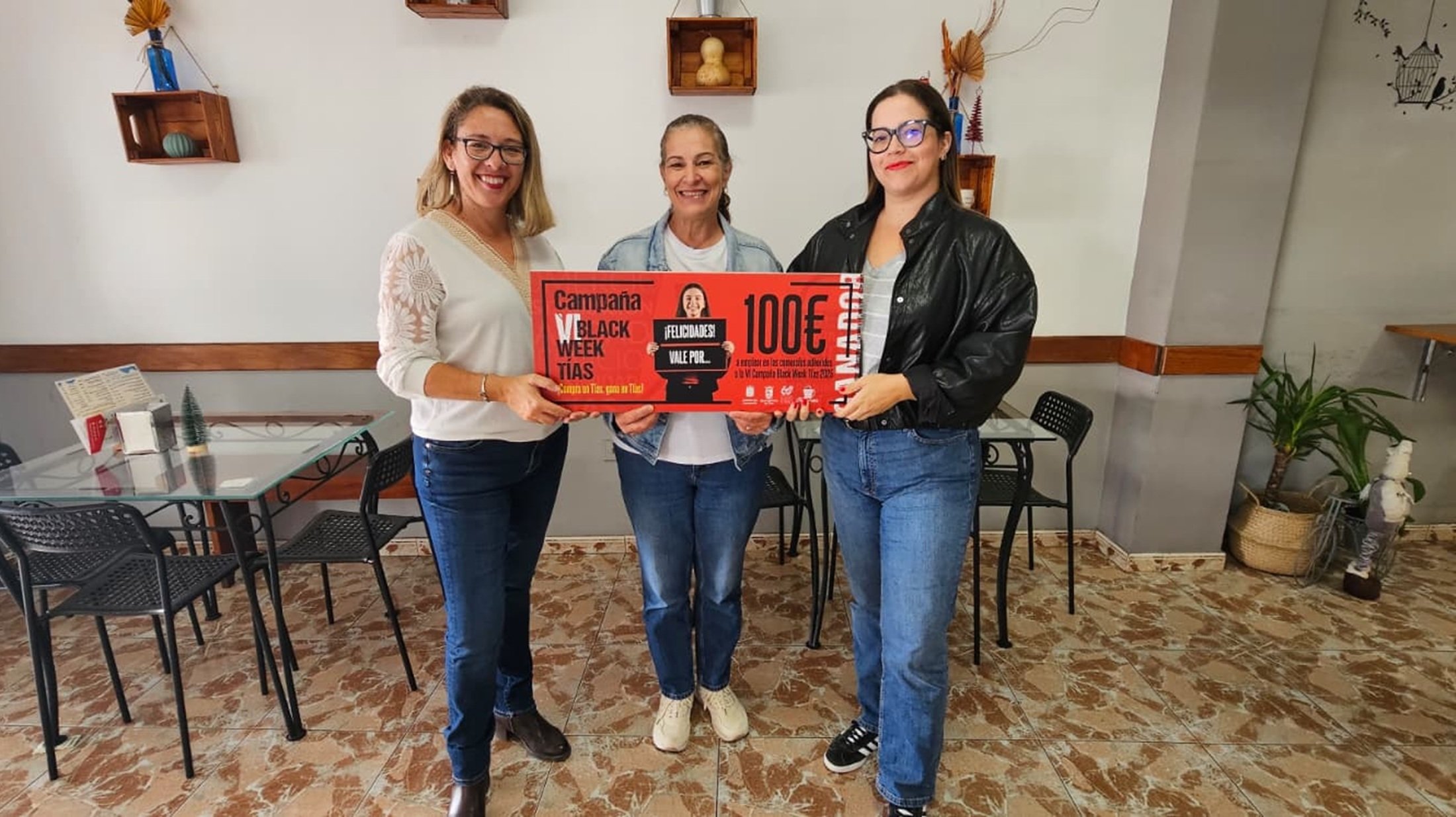56.9% of students in Higher Level Training Cycle (CFGS) of Vocational Training (FP) in the Canary Islands work within a year of finishing their studies.
In the case of Intermediate Level Training Cycles (CFGM), the rate was 44.3%. This data is part of the Labor Insertion Statistics in its Vocational Training section, which is published for the first time by the Canary Islands Institute of Statistics (ISTAC) in collaboration with the Canary Islands Agency for University Quality and Educational Evaluation (ACCUEE), according to data from students who graduated in 2021.
By professional families, Installation and Maintenance (70.4%) and Transportation and Vehicle Maintenance (70.1%) lead the labor insertion among higher degrees. Within the families with the highest number of graduates, Information Technology and Communications has the highest insertion rate (65.5%), followed by Administration and Management (64.9%) and Hospitality and Tourism (58.6%).
In Intermediate Level, the Health family stands out with 65.5% insertion one year after graduation. Maritime-Fishing (58.4%), Hospitality and Tourism (48.2%) and Sociocultural and Community Services (47.5%) also show results above the average. Regarding specific specialties, Administration and Finance (67.1%) and Pharmacy and Parapharmacy (62.5%) stand out.
Most opt for higher education
In 2022, a total of 13,569 students graduated from public FP centers in the Canary Islands, and more than 9 out of 10 did so under the LOE educational system. The majority opted for Higher Level Training Cycles, 55.3%; while 28.6% completed their studies in Intermediate Level.
The professional families that group the highest number of graduates in these two levels are Administration and Management, Sociocultural and Community Services, Health, Hospitality and Tourism, Commerce and Marketing, and Information Technology and Communications.
By gender, FP presents a differentiated pattern by levels: in Basic and Intermediate Level there is a male majority, while in Higher Level, women are the majority. Especially marked gender differences are observed in some of the professional families: in Information Technology and Communications, more than 88% of graduates are men; while in Early Childhood Education or Pharmacy, more than 80% are women.
Regarding the chosen study modality, almost 8 out of 10 students opted for face-to-face teaching. Specifically, 10,649 people completed their training in this modality (78.5%), compared to 2,920 who did so remotely (21.5%). This choice varies according to level and gender: non-face-to-face training is especially common among women in CFGS, where they represent 71.1% of the students who graduated in that modality. In total, women account for 72.7% of the students who graduated through the non-face-to-face route.
